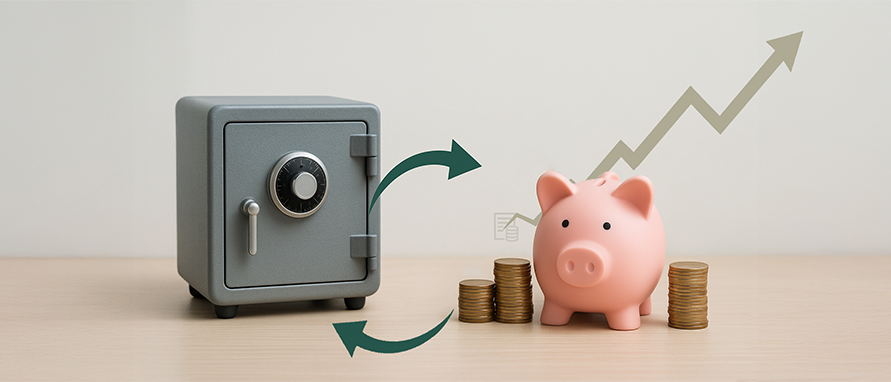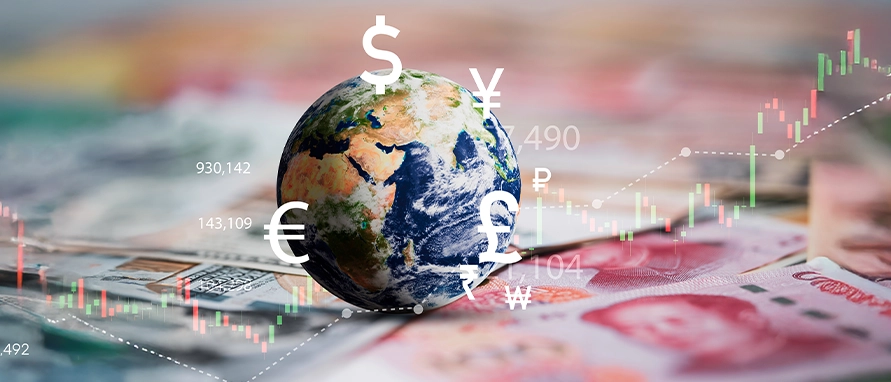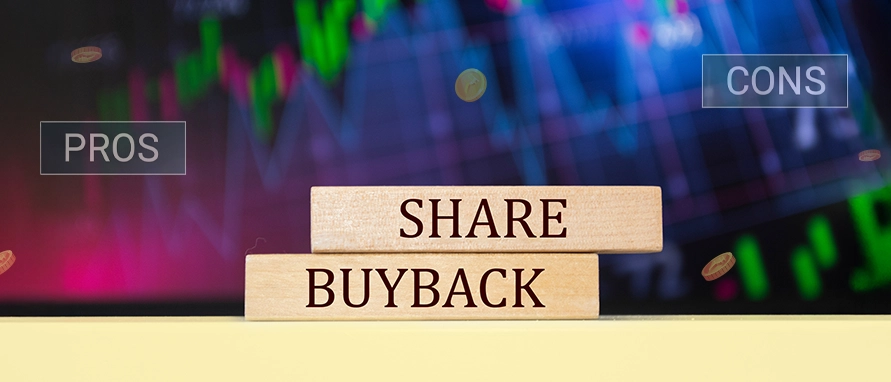-
Our ProductsLoansCardsInsuranceInvestmentsStock MarketElectronics MallCIBIL ScoreKnowledge CentreAcademyCalculators
- Our Services
- My Account
- Discover
MCX vs NCDEX: Understanding the Differences Between India’s Commodity Exchanges
India’s commodity trading landscape is supported by a few key exchanges, among which the Multi Commodity Exchange (MCX) and the National Commodity & Derivatives Exchange (NCDEX) are the most prominent. Both serve as platforms for trading various commodities, but their focus areas, trading instruments, and market participants differ significantly.
Understanding the differences between MCX and NCDEX can help traders, investors, and even businesses make informed decisions when participating in commodity markets. This article breaks down these exchanges, their functions, and their key distinctions in a clear, non-technical manner.
What is MCX
The Multi Commodity Exchange of India Ltd. (MCX) is a leading commodity derivatives exchange established in 2003. Headquartered in Mumbai, it specialises mainly in non-agricultural commodities. Traders on MCX deal in metals, energy products, and some precious metals like gold and silver.
Key Features of MCX
Here are the main features that make MCX a leading platform for commodity trading in India:
Product Focus: Non-agricultural commodities such as gold, silver, copper, crude oil, and natural gas.
Trading Mechanism: Electronic trading platform ensuring transparent price discovery.
Regulation: Regulated by the Securities and Exchange Board of India (SEBI).
Market Data Access: MCX live market updates are available online, giving traders real-time prices.
What is NCDEX
The National Commodity & Derivatives Exchange Limited (NCDEX), established in 2003 and headquartered in Mumbai, focuses on agricultural commodities. This includes grains, pulses, spices, and oilseeds. NCDEX plays a crucial role in supporting farmers, cooperatives, and agri-businesses by providing a transparent trading platform.
Key Features of NCDEX
Here are the standout features that define NCDEX as a major hub for agricultural commodity trading in India:
Product Focus: Primarily agricultural commodities like guar seed, chana, soybean, turmeric, and jeera.
Trading Mechanism: Fully electronic, enabling quick and efficient trades.
Regulation: Also regulated by SEBI.
Market Transparency: NCDEX live market prices are updated in real time, ensuring informed decisions.
MCX vs NCDEX: Core Differences
While both MCX and NCDEX are leading commodity exchanges in India, their focus areas, participants, and market dynamics differ significantly as shown below.
| Feature | MCX | NCDEX |
|---|---|---|
| Full Form |
Multi Commodity Exchange |
National Commodity & Derivatives Exchange |
| Primary Focus |
Non-agricultural commodities |
Agricultural commodities |
| Popular Products |
Gold, silver, crude oil, natural gas, copper |
Guar seed, soybean, chana, turmeric, jeera |
| Market Participants |
Industrial users, investors, hedgers, traders |
Farmers, cooperatives, agri-processors, traders |
| Trading Volume |
Higher in metals and energy segments |
Higher in agricultural products |
| Price Drivers |
Global commodity prices, currency rates, demand-supply trends |
Seasonal crop output, government policies, monsoon conditions |
| Risk Factors |
Global market volatility, geopolitical tensions |
Climate risks, agricultural policies |
Understanding the MCX Market
The MCX market is heavily influenced by international price trends. Since commodities like crude oil and metals are traded globally, MCX prices are closely aligned with global benchmarks.
MCX Live Market: Real-time updates are crucial for day traders and hedgers.
What is MCX Market: It’s a marketplace for trading commodity derivatives, where contracts are standardised and prices are determined by demand-supply dynamics.
Understanding the NCDEX Market
The NCDEX market is shaped by domestic agricultural patterns and policy measures. Commodity prices on NCDEX often respond to monsoon forecasts, crop reports, and export-import rules.
NCDEX Live Market: Farmers, traders, and processors use this to gauge current commodity values.
NCDEX Market Data: Includes prices, contract details, and historical trends for analysis.
NCDEX Future Market
The NCDEX future market allows participants to trade contracts for agricultural commodities at a predetermined price for a future date. This enables hedging against price volatility, especially useful for farmers and agri-businesses.
Example: A farmer expecting to harvest guar seed in three months can lock in a selling price today, reducing uncertainty.
NCDEX vs MCX: Detailed Comparison
NCDEX and MCX cater to different segments of the commodity market, with distinct product focus, price influences, participant profiles, and roles in risk management.
Product Category Focus
MCX: Metals, precious metals, and energy products.
NCDEX: Agricultural and agri-based commodities.
Price Influence
MCX prices are sensitive to global commodity markets.
NCDEX prices are shaped mainly by domestic factors such as monsoon and government policies.
Participants
MCX: Institutional traders, corporate hedgers, speculators, and retail investors.
NCDEX: Farmer Producer Organisations (FPOs), agri-processors, exporters, and traders.
Risk Management Role
MCX contracts allow hedging against fluctuations in non-agri commodity prices.
NCDEX contracts provide risk coverage for agricultural produce.
What is the NCDex Market
The NCDex market refers to the organised trading platform where agricultural commodity futures are bought and sold. It enables buyers and sellers to interact electronically, ensuring fairness and transparency in transactions.
How Traders Choose Between MCX and NCDEX
Traders often decide between MCX and NCDEX based on the commodity they trade, their risk appetite, and specific hedging requirements.
Nature of Commodity: If you deal in gold or crude oil, MCX is the preferred exchange. For agricultural goods like turmeric or soybean, NCDEX is more relevant.
Volatility Tolerance: MCX markets can react sharply to geopolitical news, while NCDEX can swing with weather changes.
Hedging Needs: Industrial firms may use MCX for metals, while farmers use NCDEX for crop price protection.
Why These Exchanges Matter to India’s Economy
Both MCX and NCDEX provide an organised framework for commodity trading, reducing the role of unregulated markets. They help in:
Price Discovery: Transparent pricing benefits both buyers and sellers.
Risk Management: Futures contracts help reduce uncertainty in earnings.
Market Efficiency: Electronic platforms ensure faster and more reliable trades.
Conclusion
While MCX and NCDEX share the goal of facilitating commodity trading, they serve different market needs. MCX caters to non-agricultural commodities influenced by global trends, whereas NCDEX focuses on agricultural commodities driven by domestic conditions. Understanding these differences enables traders and businesses to choose the right platform for their needs, whether it’s to hedge risks or participate in market opportunities.
Disclaimer
This content is for informational purposes only and the same should not be construed as investment advice. Bajaj Finserv Direct Limited shall not be liable or responsible for any investment decision that you may take based on this content.
FAQs
What is the difference between MCX and NCDEX?
MCX deals mainly in non-agricultural commodities like metals and energy products, while NCDEX focuses on agricultural commodities like grains, pulses, and spices.
Can I trade on both MCX and NCDEX?
Yes, you can register with brokers offering access to both exchanges, depending on your commodity interest.
Which is more volatile – MCX or NCDEX?
Both can be volatile, but MCX often responds to global events, while NCDEX reacts to domestic agricultural conditions.
What is the NCDEX future market?
It is a platform for trading futures contracts in agricultural commodities, enabling hedging against future price changes.
Is commodity trading regulated in India?
Yes, both MCX and NCDEX are regulated by SEBI to ensure transparency and protect participants.
With a Postgraduate degree in Global Financial Markets from the Bombay Stock Exchange Institute, Nupur has over 8 years of experience in the financial markets, specializing in investments, stock market operations, and project management. She has contributed to process improvements, cross-functional initiatives & content development across investment products. She bridges investment strategy with execution, blending content insight, operational efficiency, and collaborative execution to deliver impactful outcomes.
Related Blogs

Anshika

Roshani Ballal
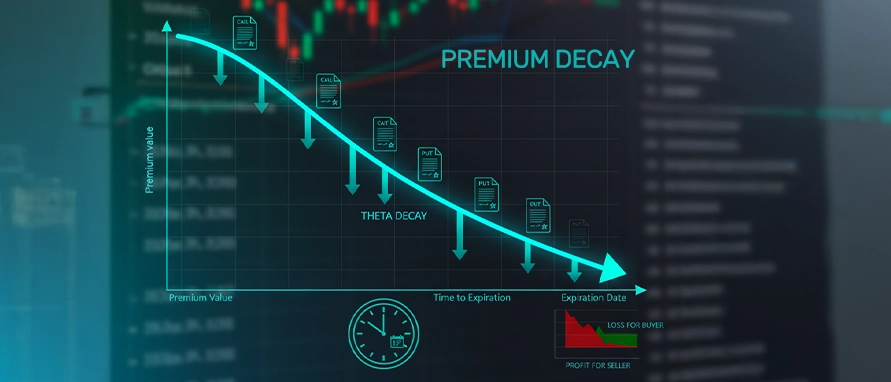
Anshika

Roshani Ballal
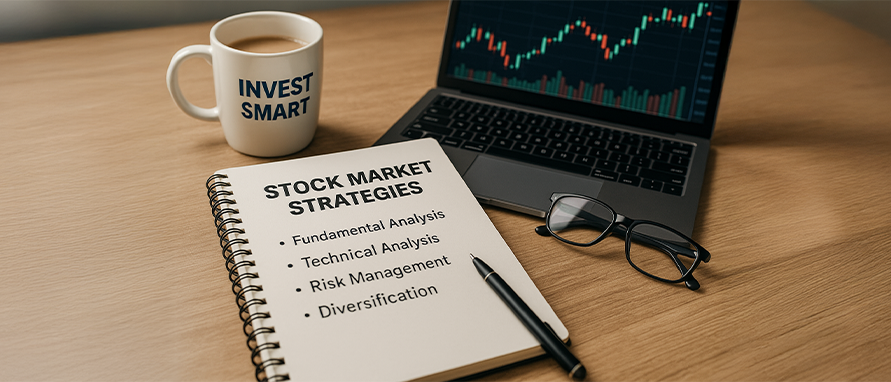
Geetanjali Lachke

Roshani Ballal
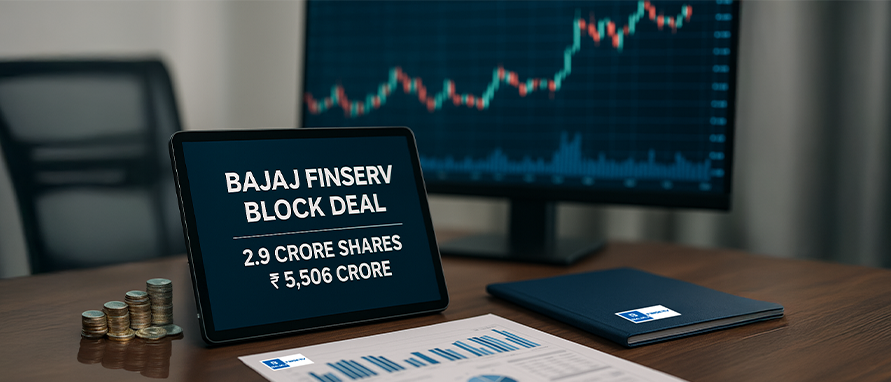
Geetanjali Lachke

Geetanjali Lachke

Nupur Wankhede
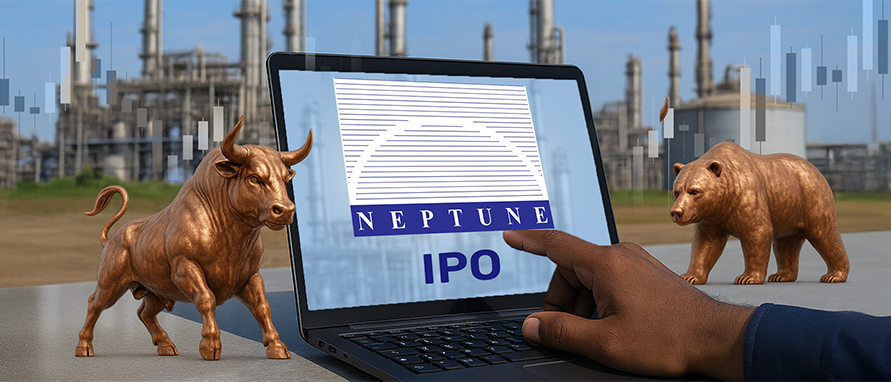
Roshani Ballal

Roshani Ballal

Roshani Ballal
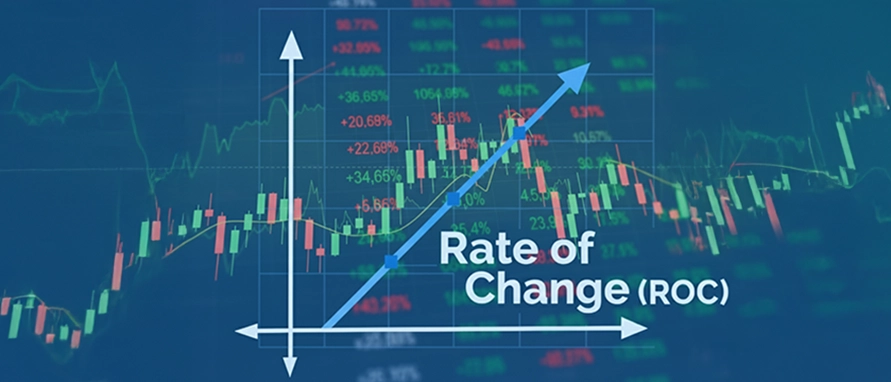
Nupur Wankhede
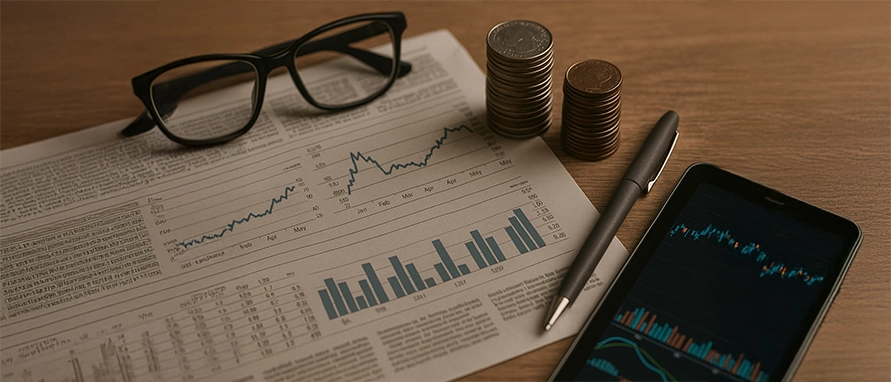
Anshika
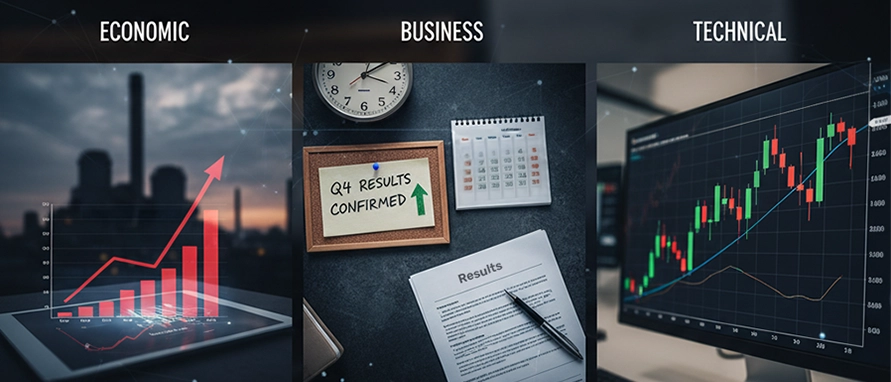
Anshika
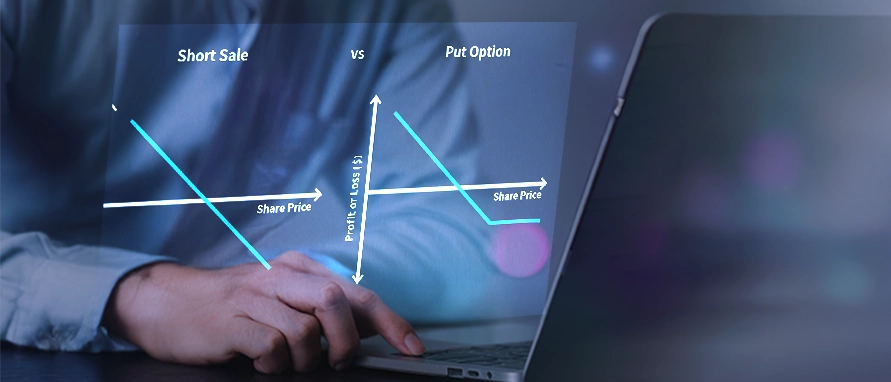
Nupur Wankhede

Nupur Wankhede

Anshika
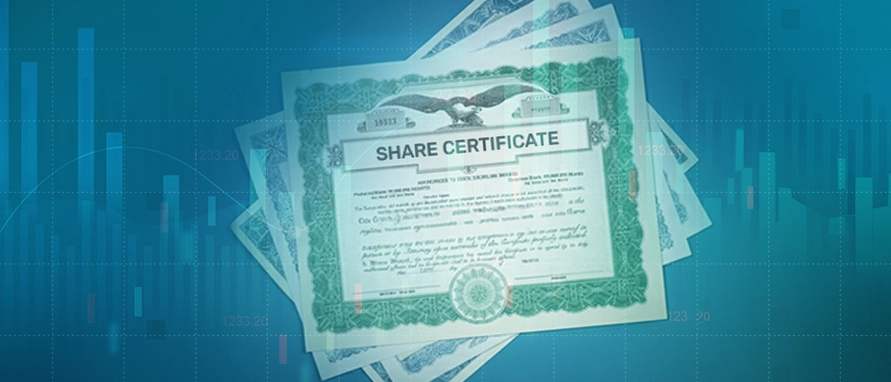
Nupur Wankhede

Anshika

Geetanjali Lachke

Roshani Ballal

Anshika

Anshika

Nupur Wankhede
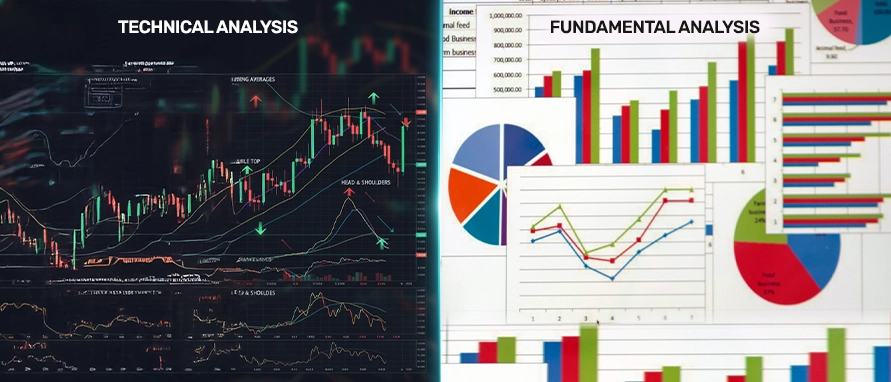
Anshika

Nupur Wankhede
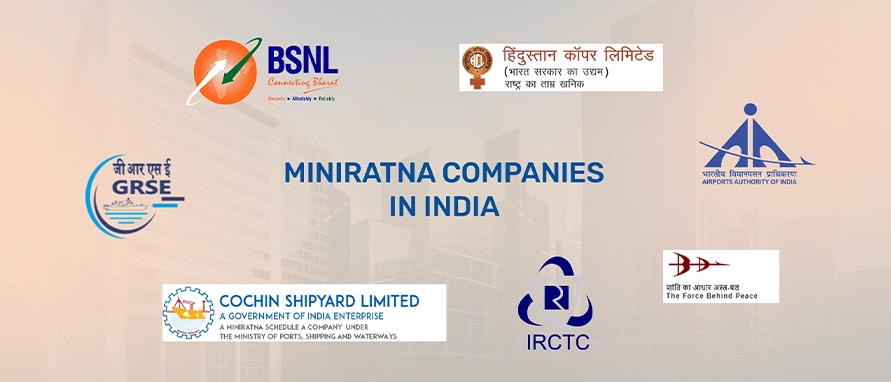
Nupur Wankhede

Geetanjali Lachke

Roshani Ballal

Roshani Ballal

Geetanjali Lachke
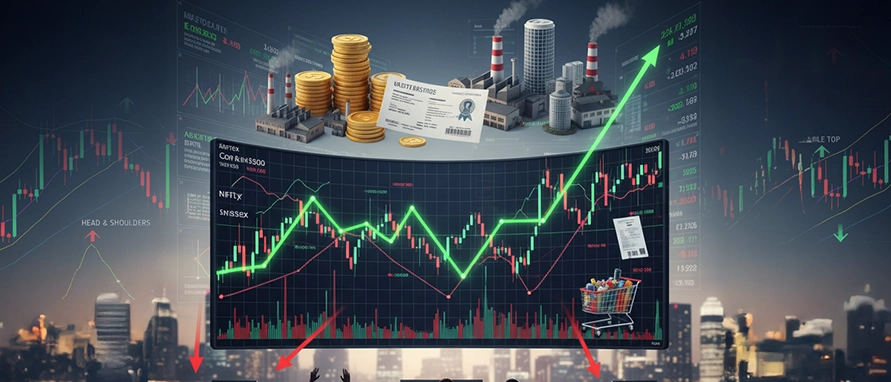
Nupur Wankhede
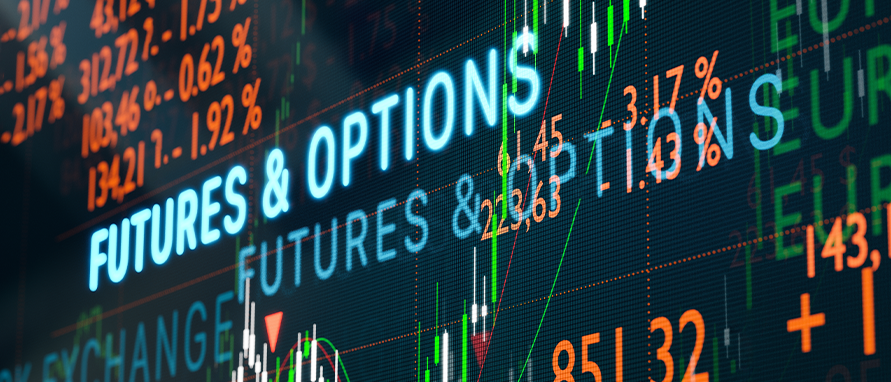
Anshika

Nupur Wankhede
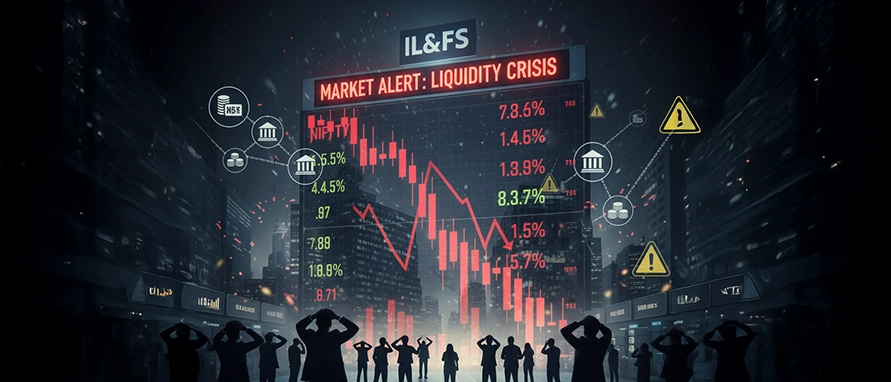
Nupur Wankhede
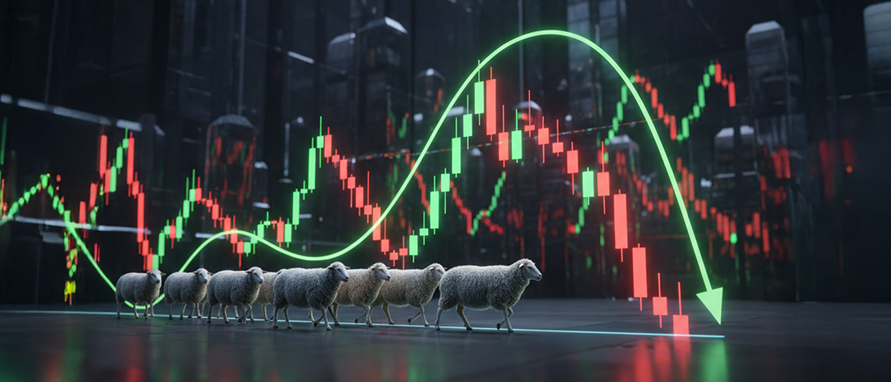
Nupur Wankhede

Nupur Wankhede

Nupur Wankhede

Nupur Wankhede

Nupur Wankhede

Geetanjali Lachke

Geetanjali Lachke

Roshani Ballal
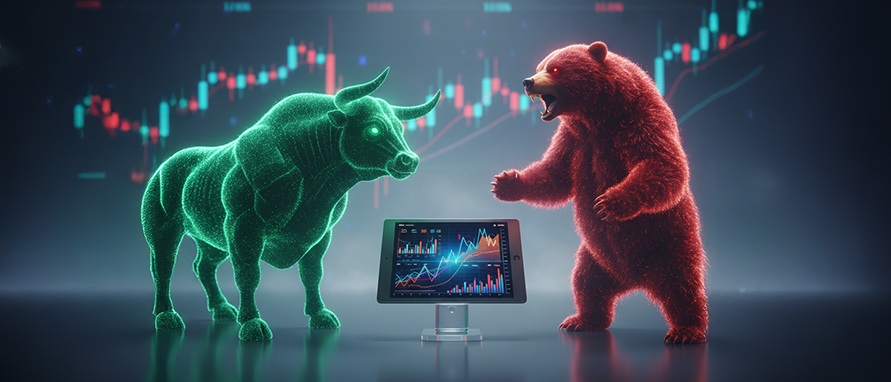
Nupur Wankhede
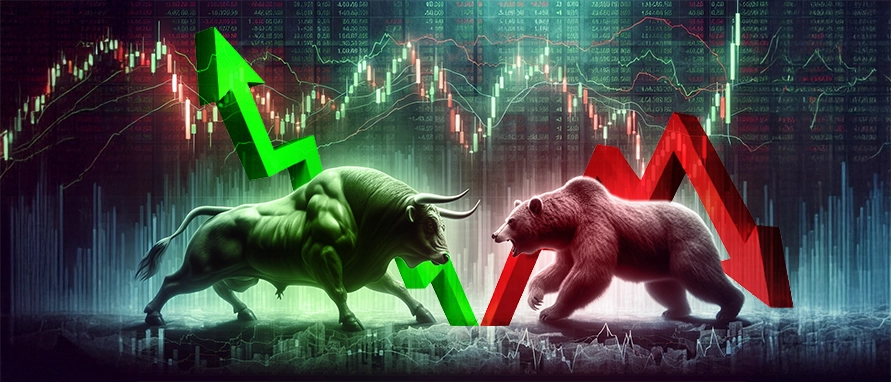
Anshika

Anshika

Nupur Wankhede

Nupur Wankhede

Nupur Wankhede

Nupur Wankhede

Nupur Wankhede

Nupur Wankhede

Nupur Wankhede

Nupur Wankhede
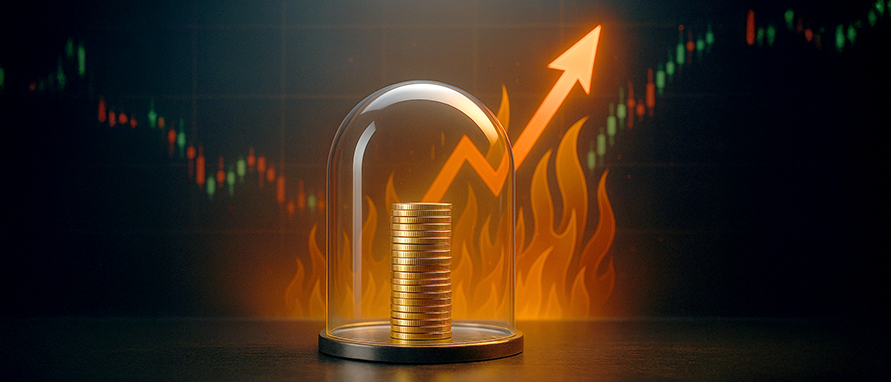
Nupur Wankhede

Nupur Wankhede

Nupur Wankhede

Nupur Wankhede

Roshani Ballal
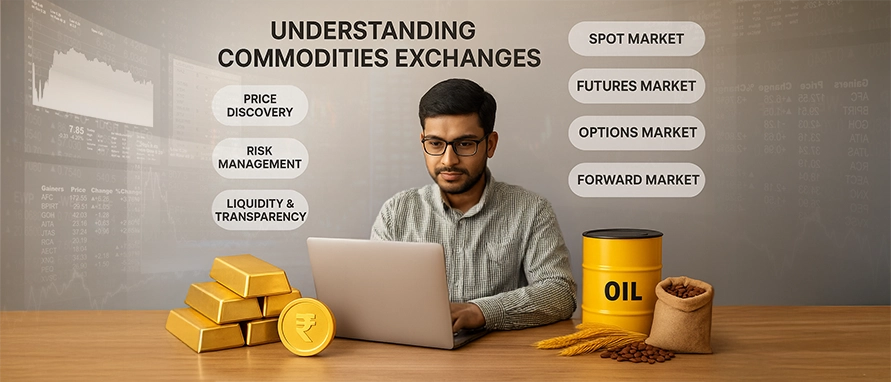
Anshika
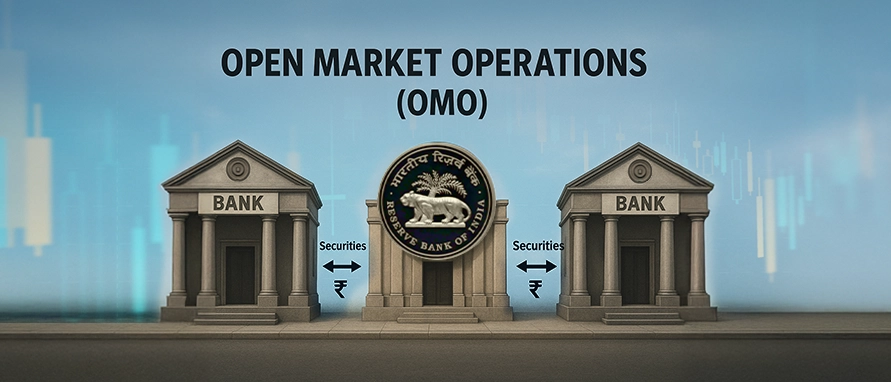
Nupur Wankhede
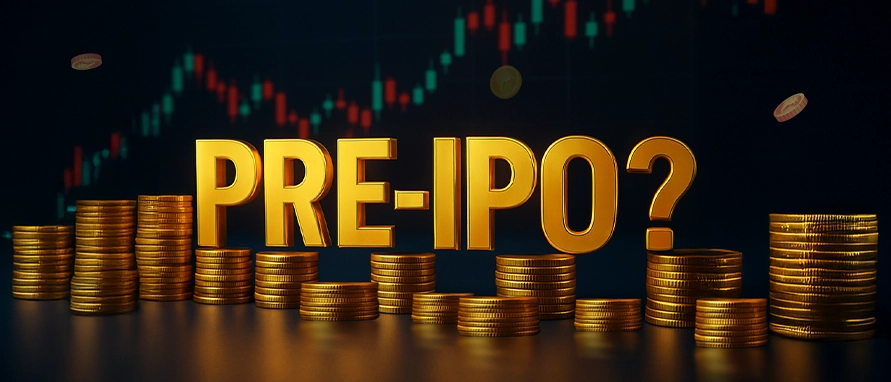
Geetanjali Lachke
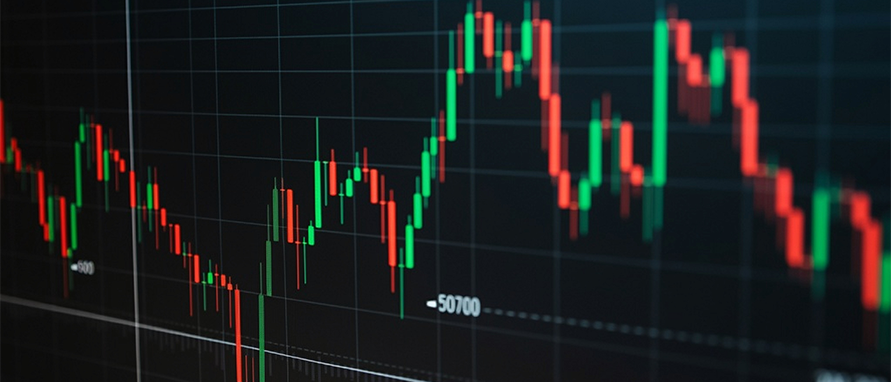
Nupur Wankhede

Nupur Wankhede

Anshika
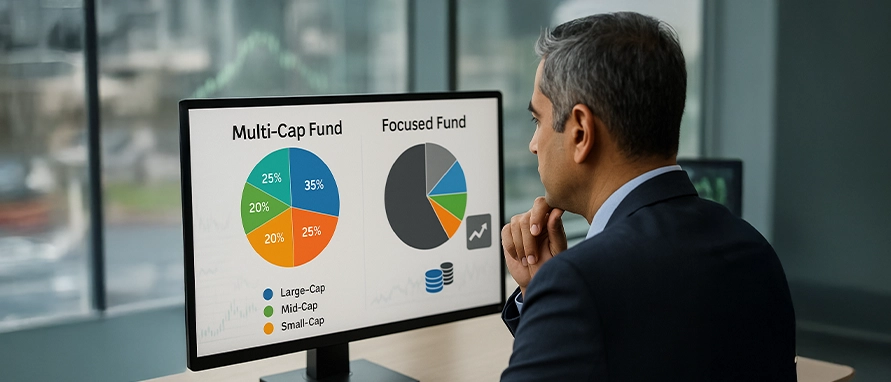
Anshika

Nupur Wankhede
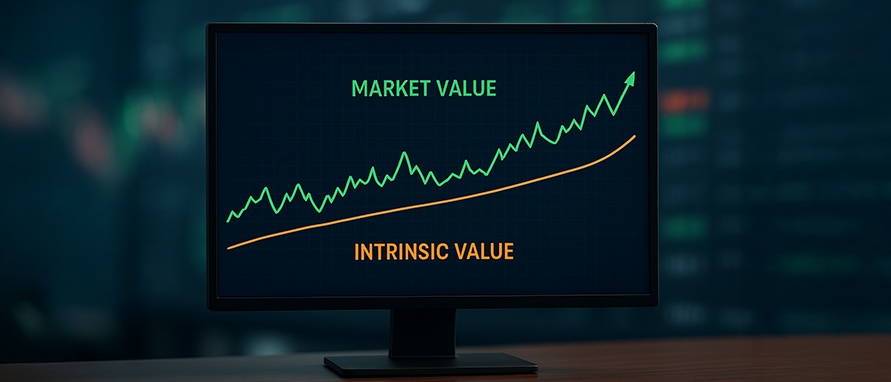
Anshika

Anshika
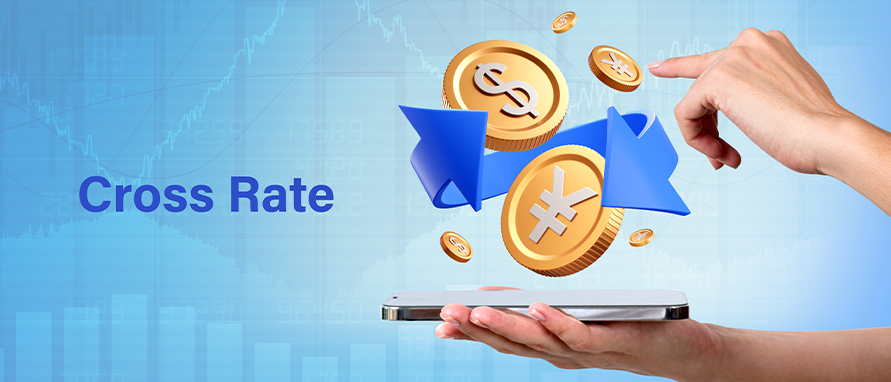
Nupur Wankhede
.webp)
Nupur Wankhede

Nupur Wankhede

Nupur Wankhede

Nupur Wankhede

Nupur Wankhede

Nupur Wankhede
.webp)
Nupur Wankhede

Nupur Wankhede

Nupur Wankhede

Nupur Wankhede
-in-India.webp)
Nupur Wankhede

Nupur Wankhede

Nupur Wankhede

Anshika

Nupur Wankhede
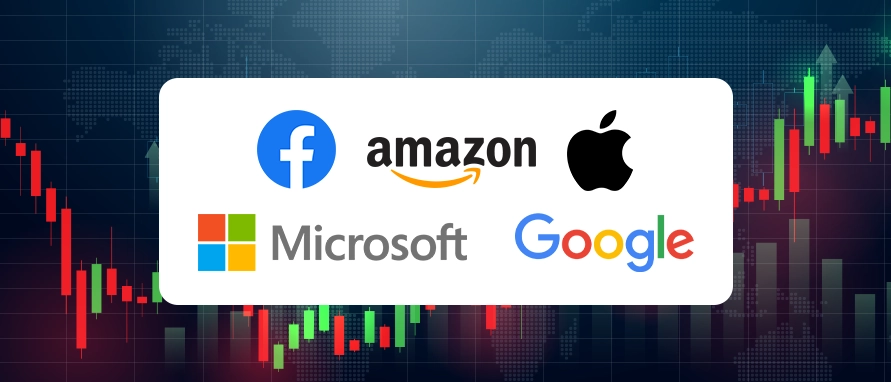
Nupur Wankhede

Anshika

Anshika
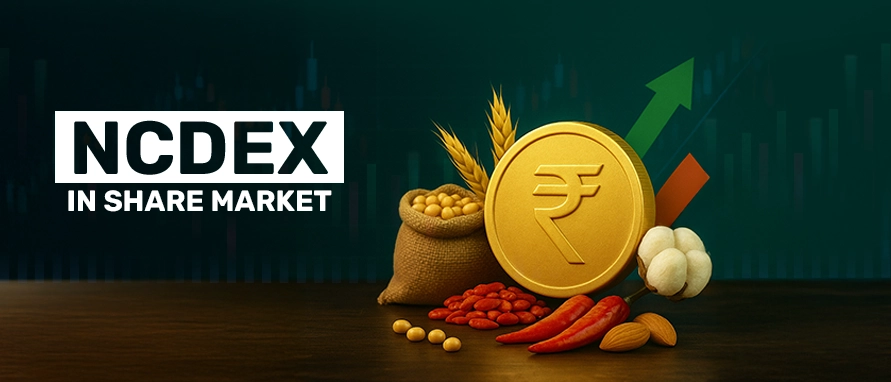
Nupur Wankhede
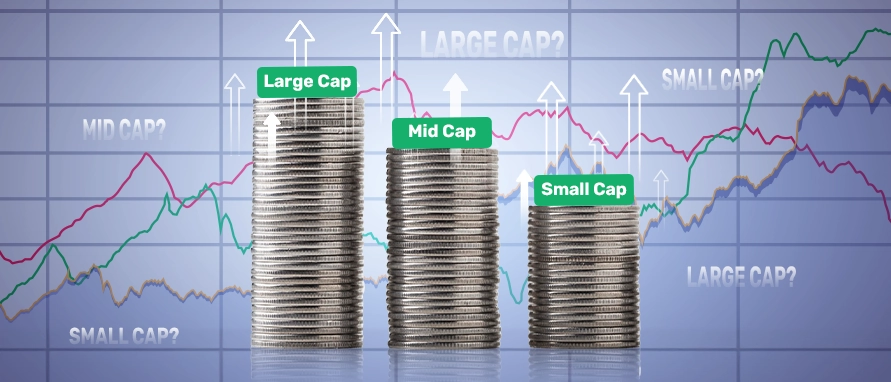
Nupur Wankhede

Nupur Wankhede

Nupur Wankhede

Nupur Wankhede
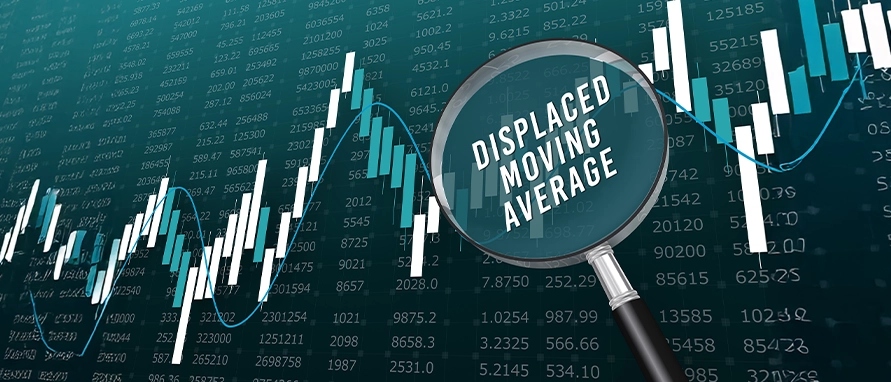
Nupur Wankhede
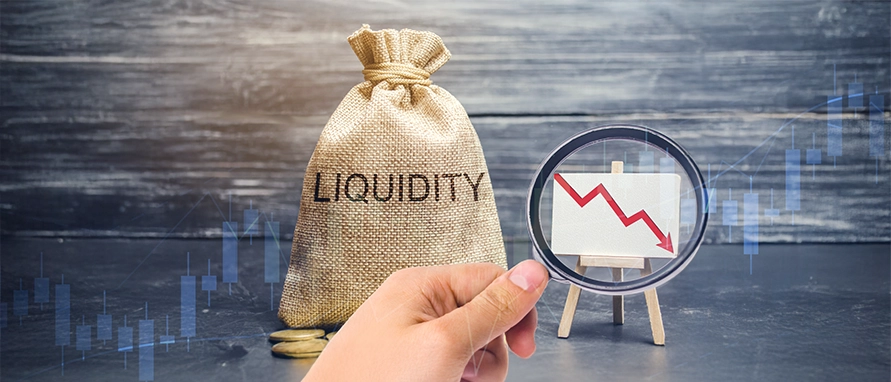
Nupur Wankhede
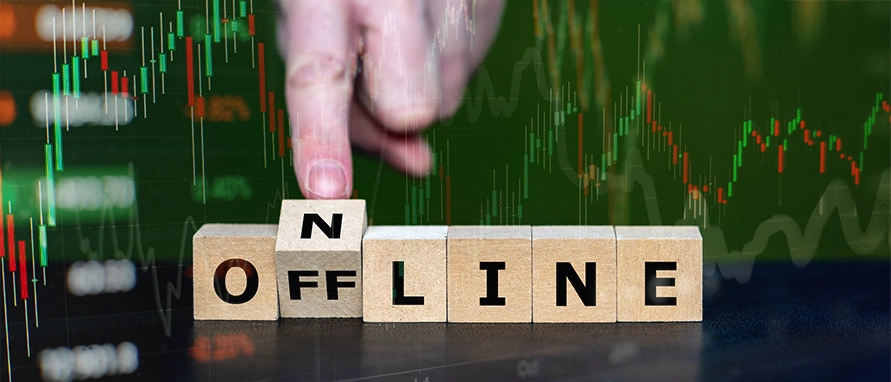
Nupur Wankhede

Anshika

Nupur Wankhede

Nupur Wankhede
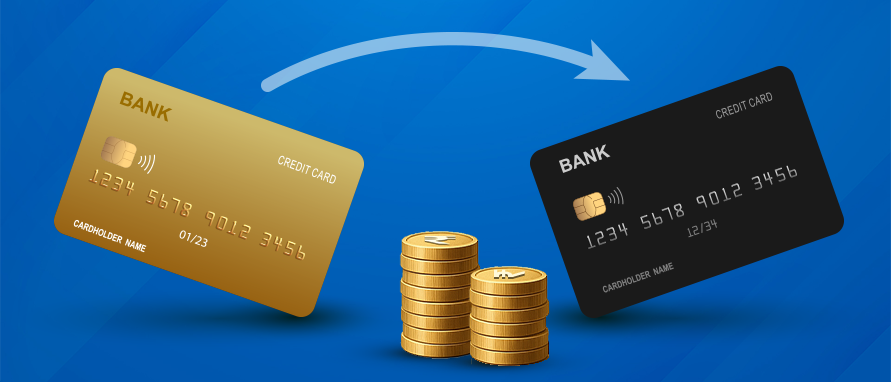
Nupur Wankhede

Nupur Wankhede

Anshika
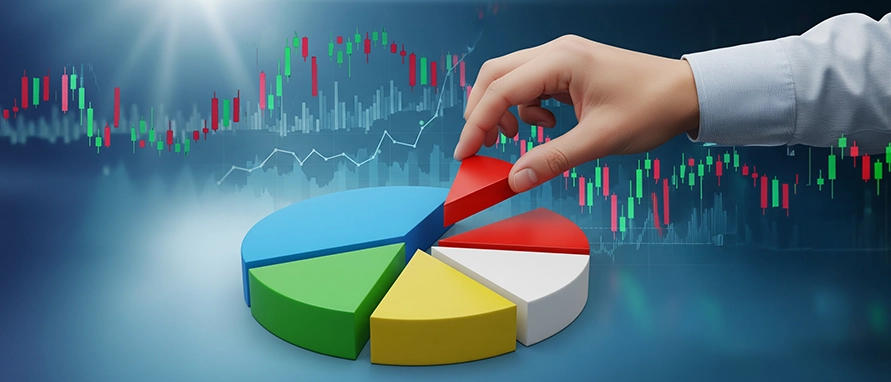
Nupur Wankhede

Nupur Wankhede
-Meaning-Importance.webp)
Nupur Wankhede

Anshika

Nupur Wankhede
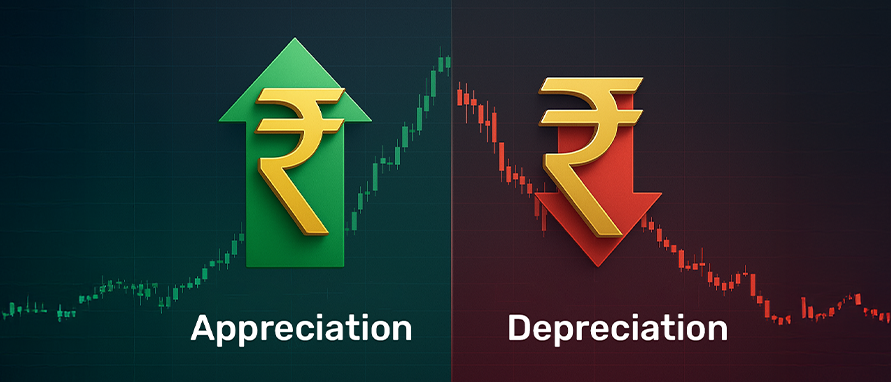
Anshika

Nupur Wankhede
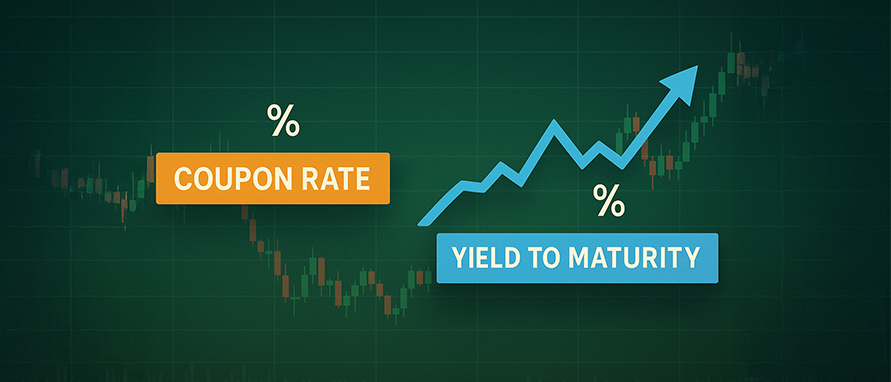
Nupur Wankhede
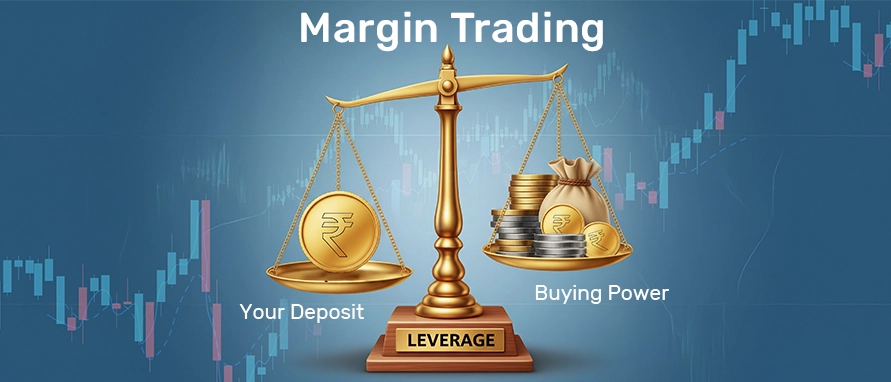
Nupur Wankhede

Geetanjali Lachke

Geetanjali Lachke

Geetanjali Lachke

Anshika
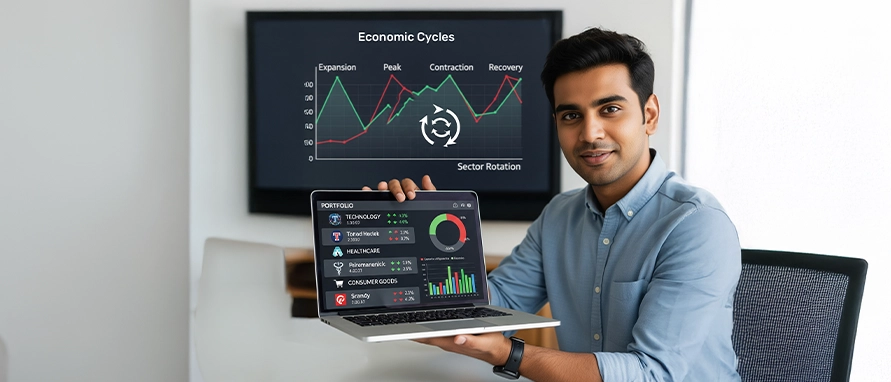
Anshika
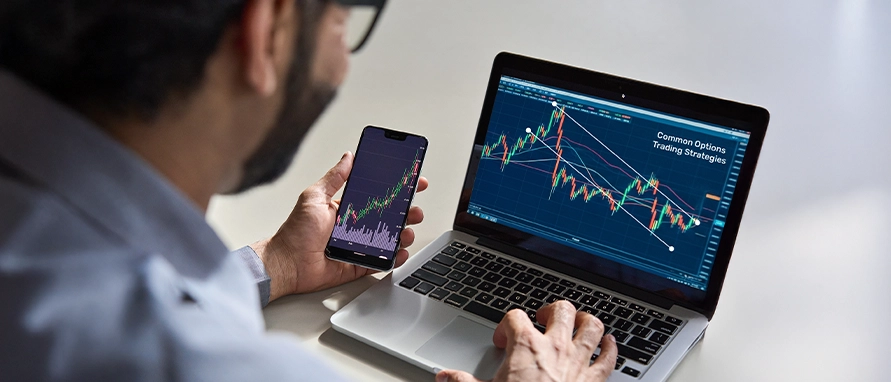
Nupur Wankhede
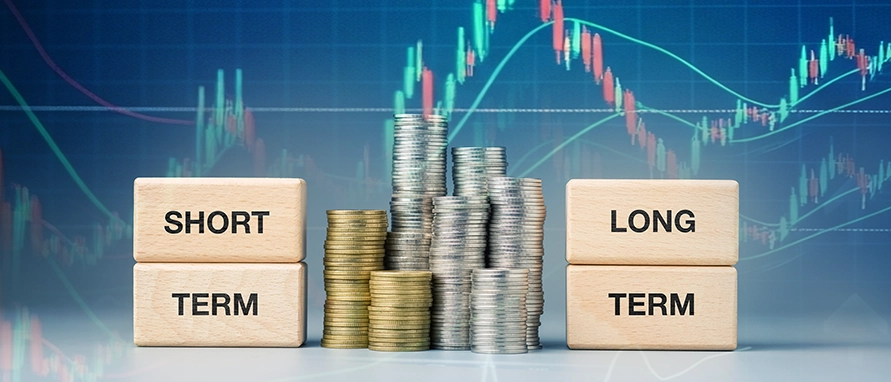
Nupur Wankhede
-portfolio.webp)
Nupur Wankhede

Anshika

Geetanjali Lachke

Geetanjali Lachke

Geetanjali Lachke

Geetanjali Lachke

Geetanjali Lachke

Roshani Ballal

Geetanjali Lachke

Geetanjali Lachke

Geetanjali Lachke

Roshani Ballal

Roshani Ballal

Geetanjali Lachke

Roshani Ballal

Roshani Ballal

Roshani Ballal

Roshani Ballal

Roshani Ballal

Roshani Ballal
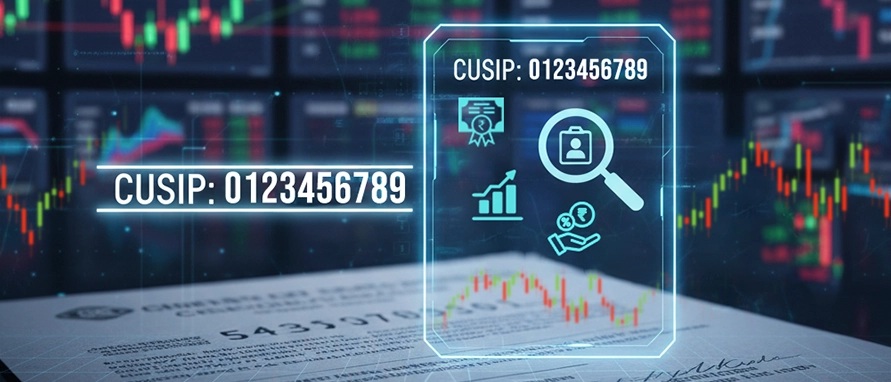

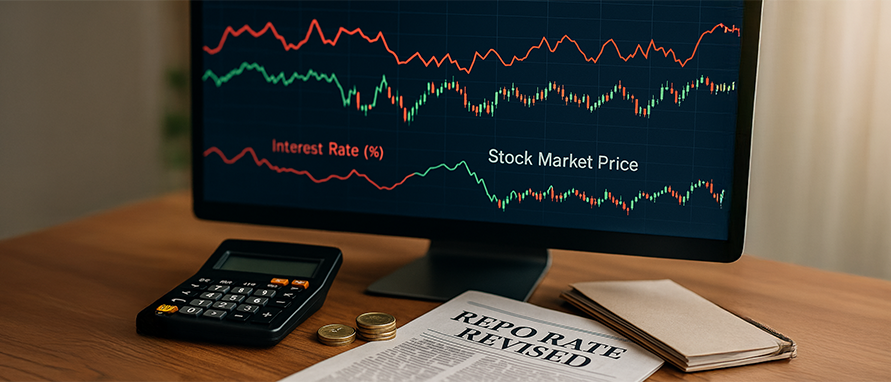







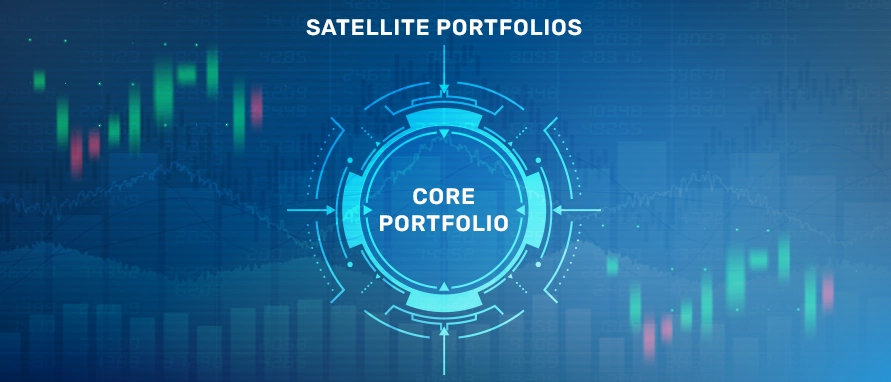
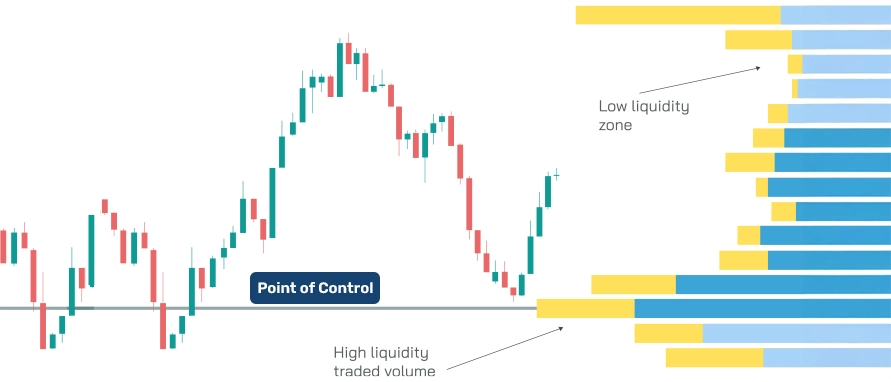
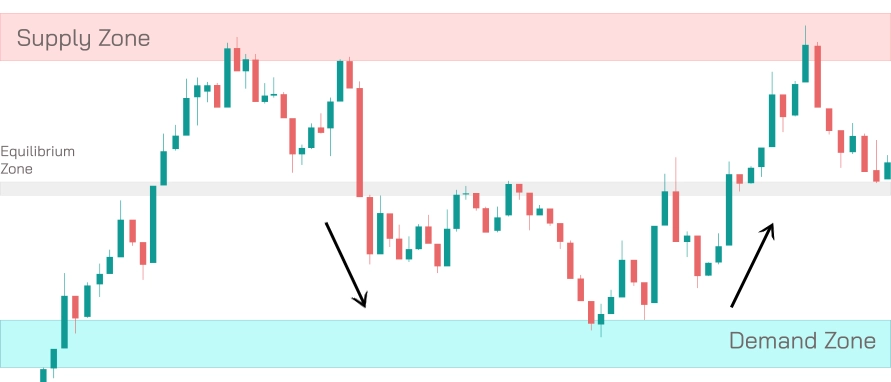

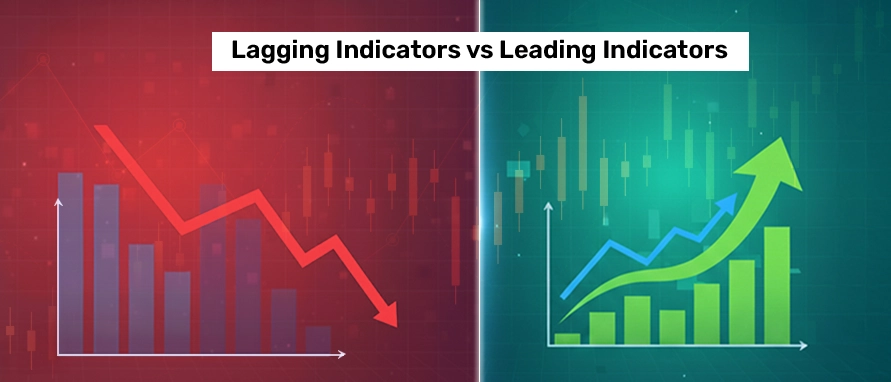
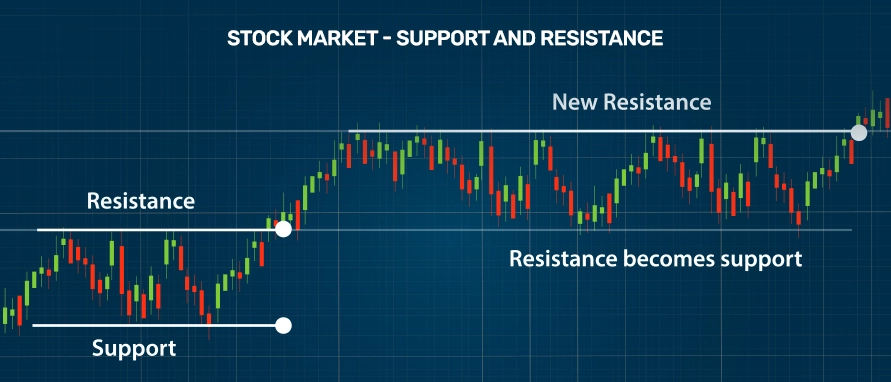
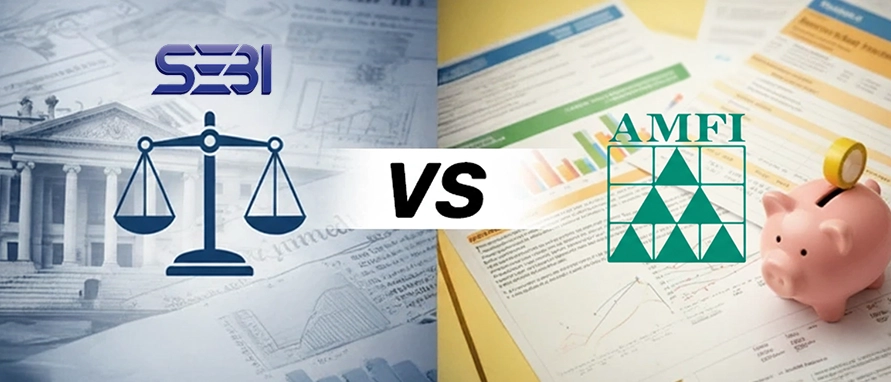




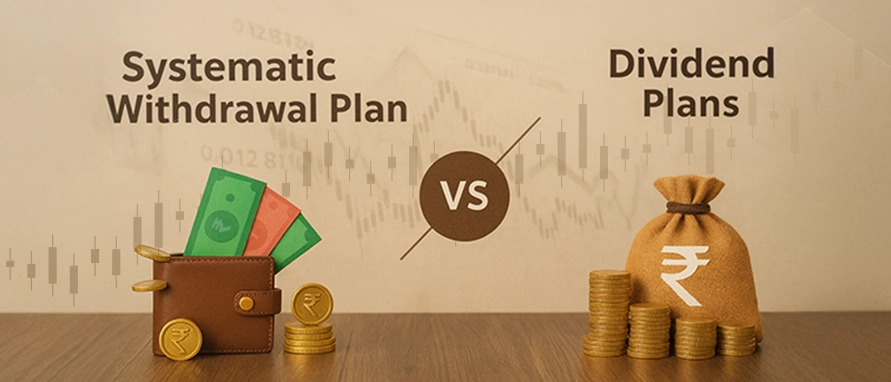
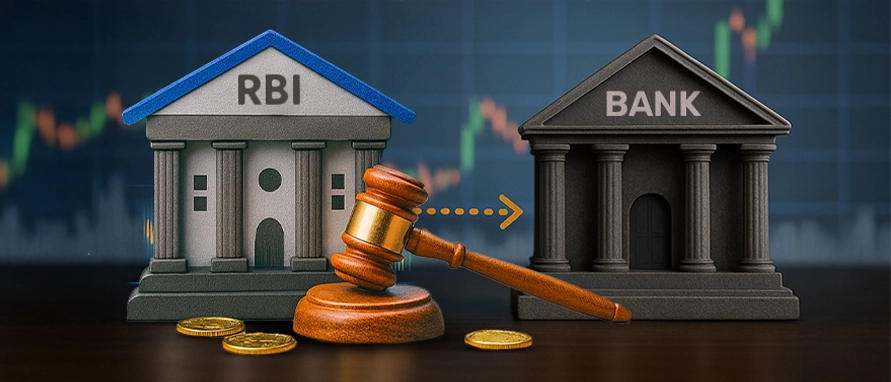
.webp)

.webp)
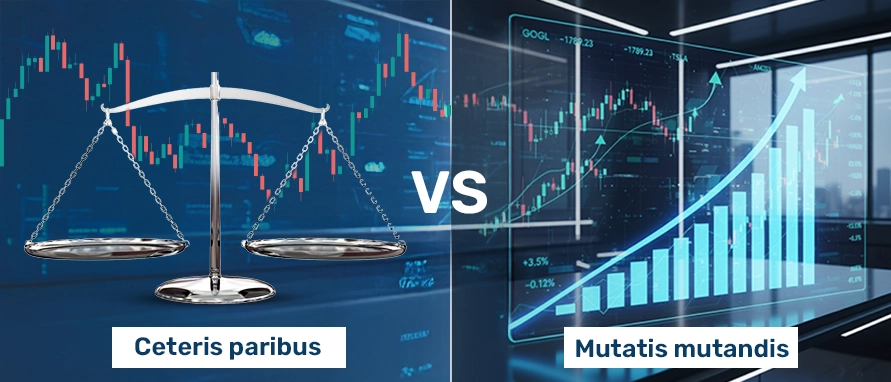
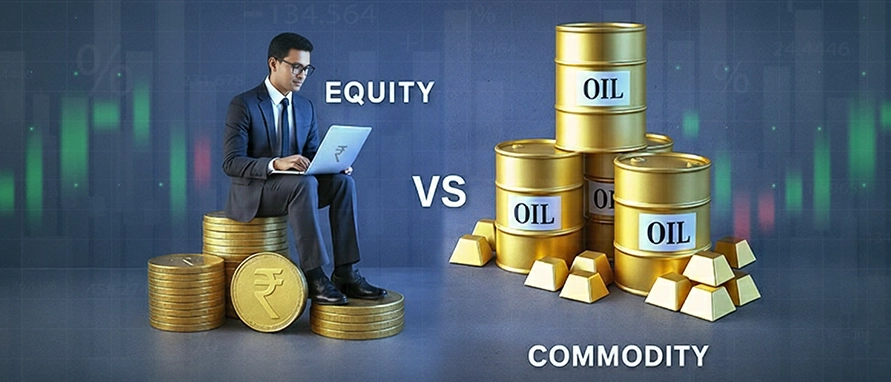


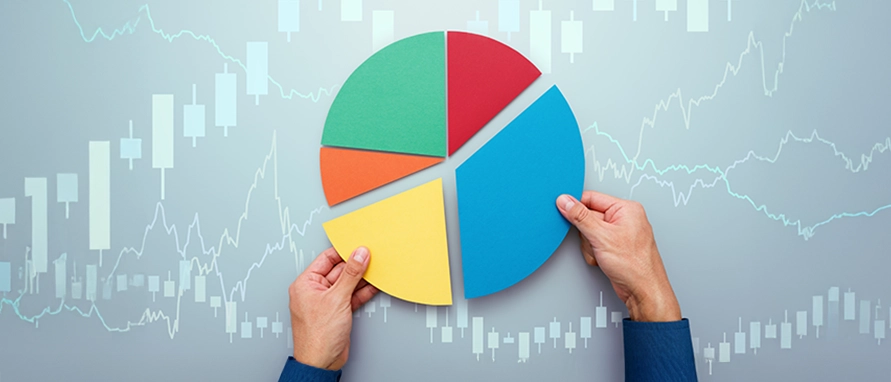

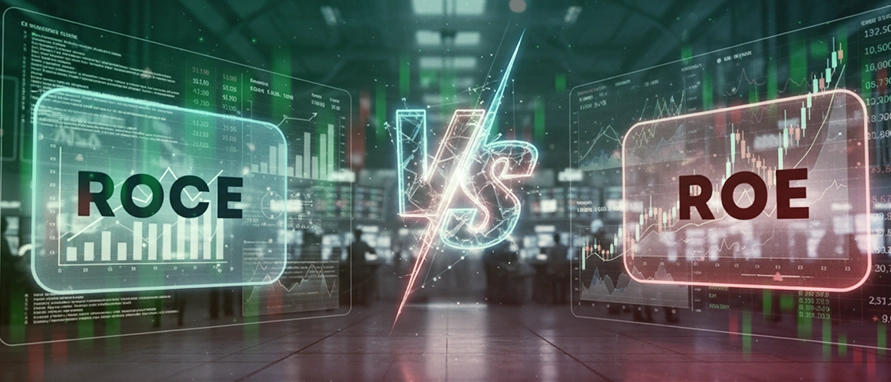









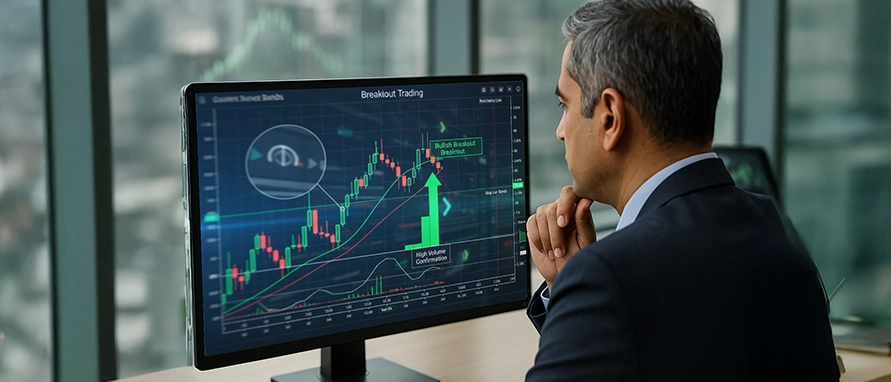
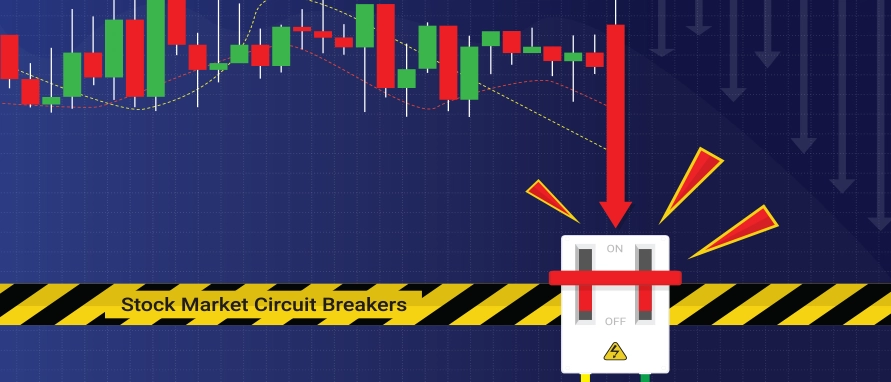

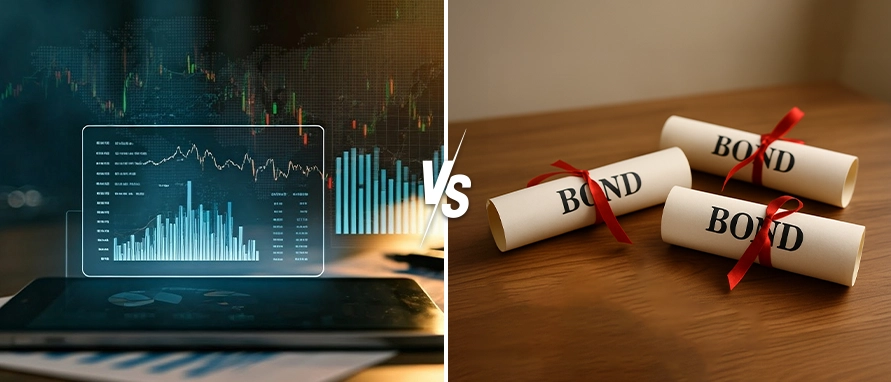
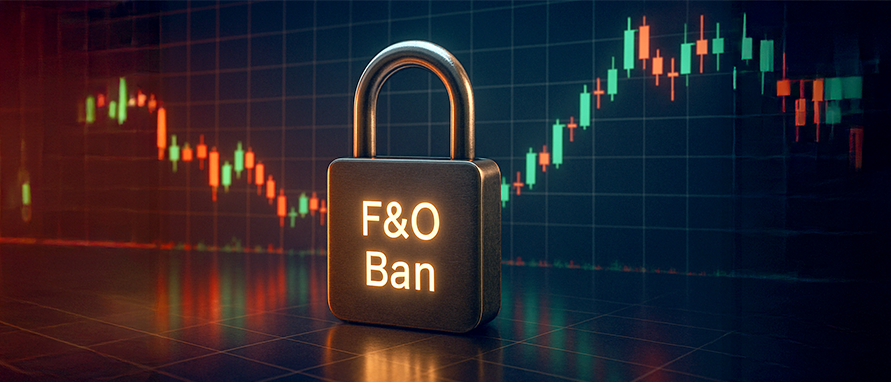

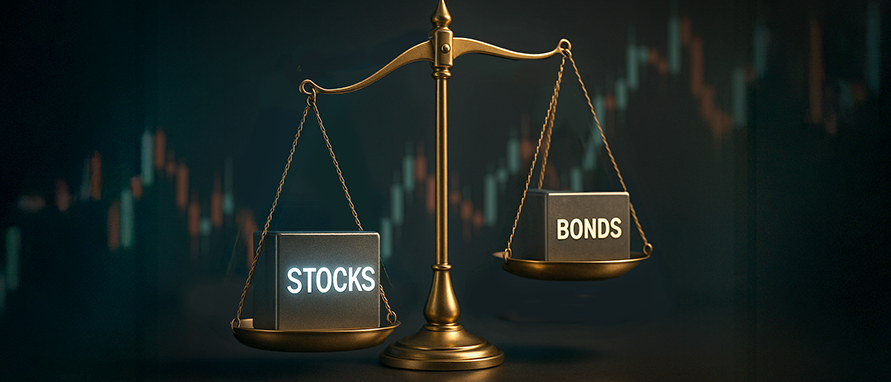
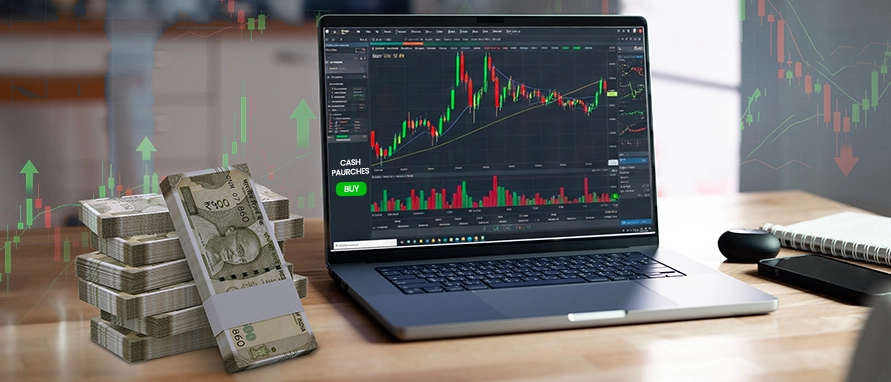










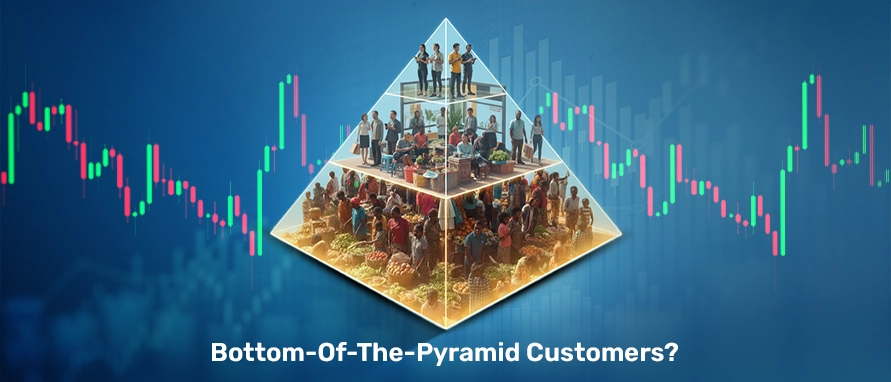
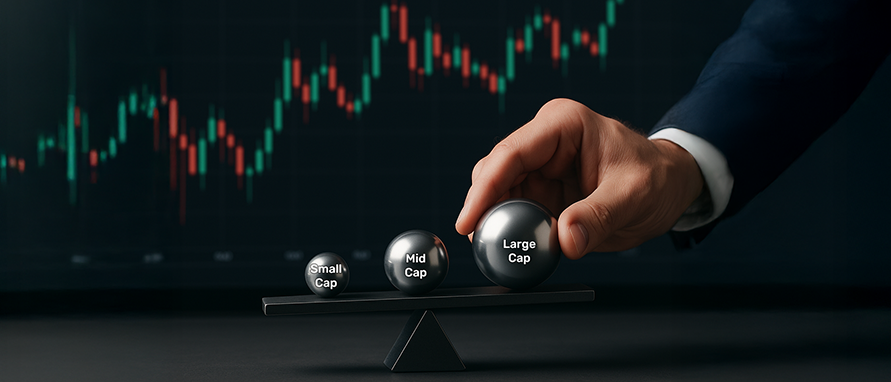


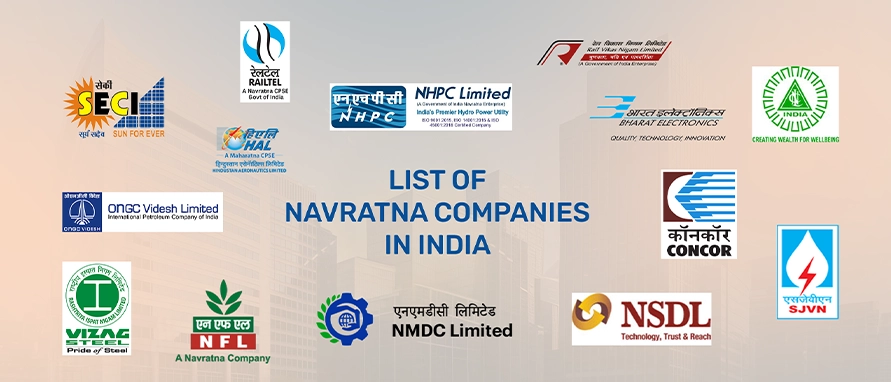






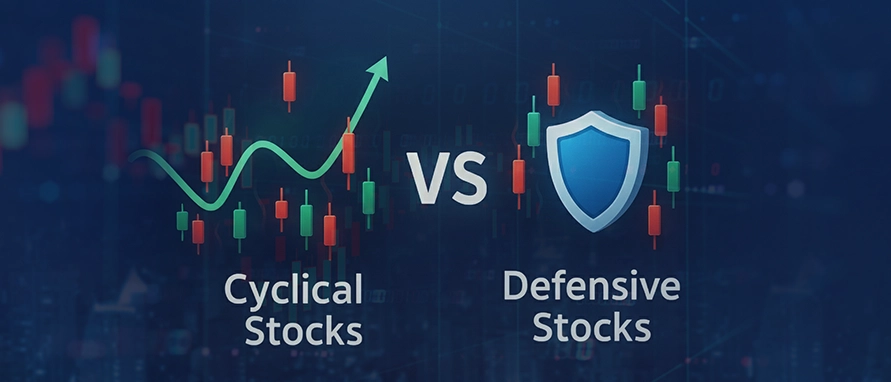
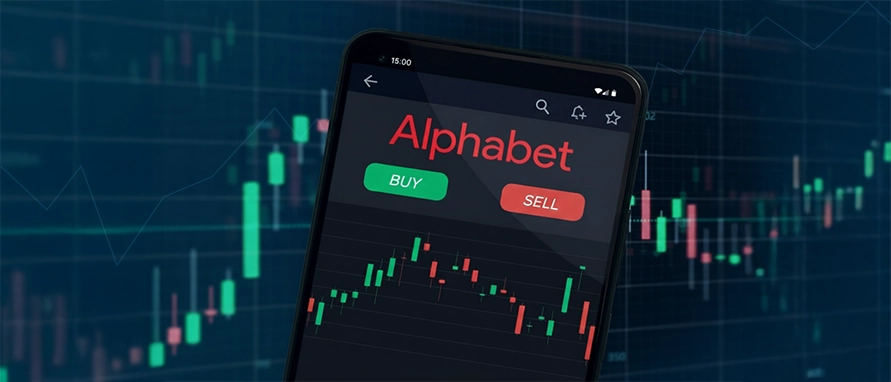

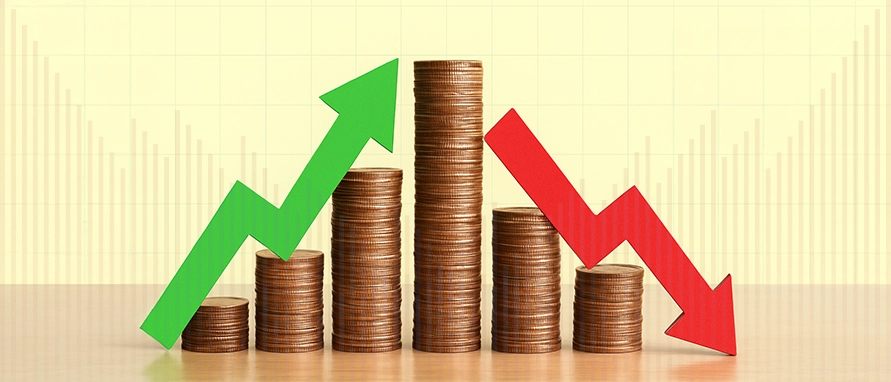

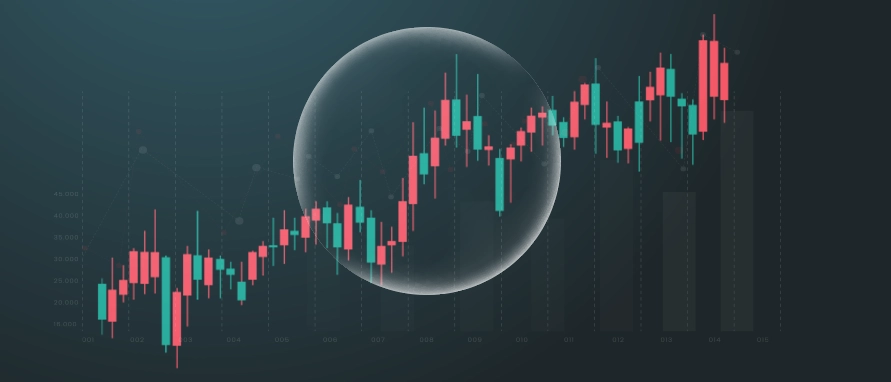


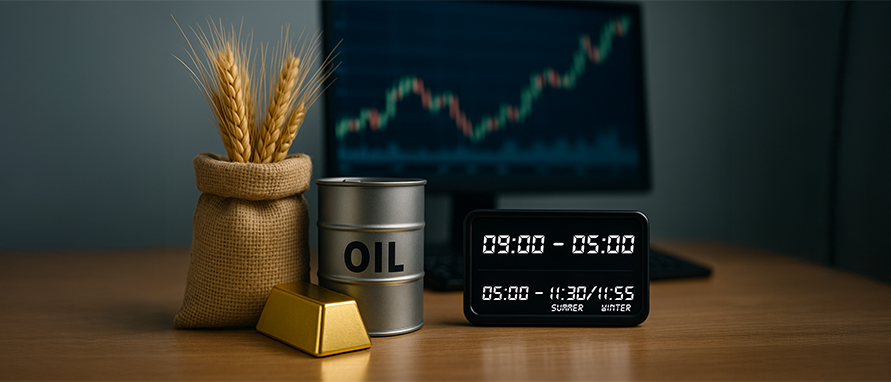
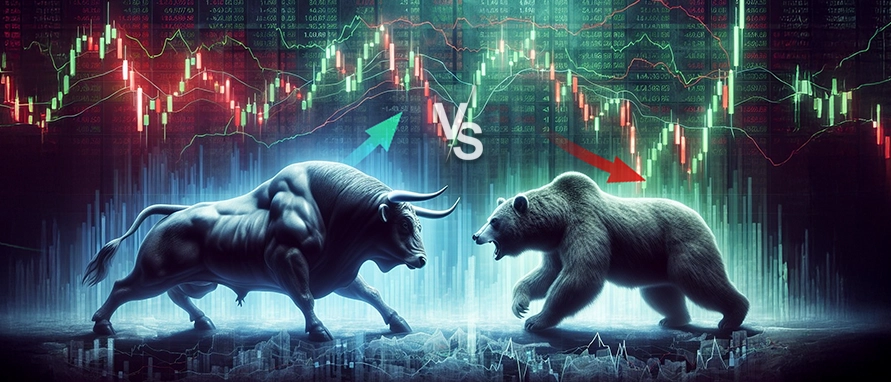

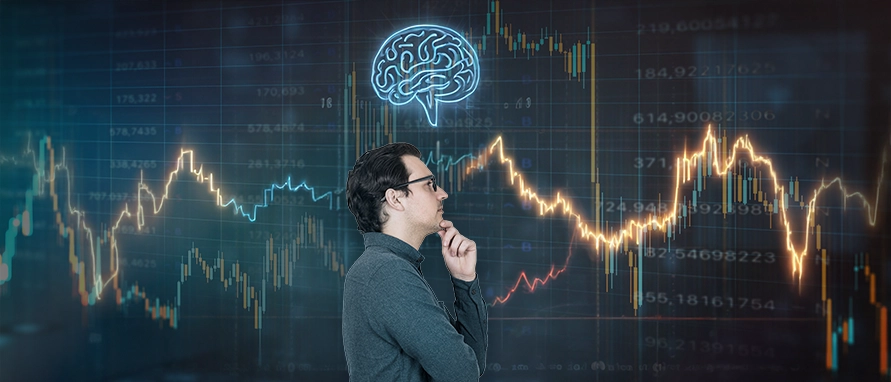
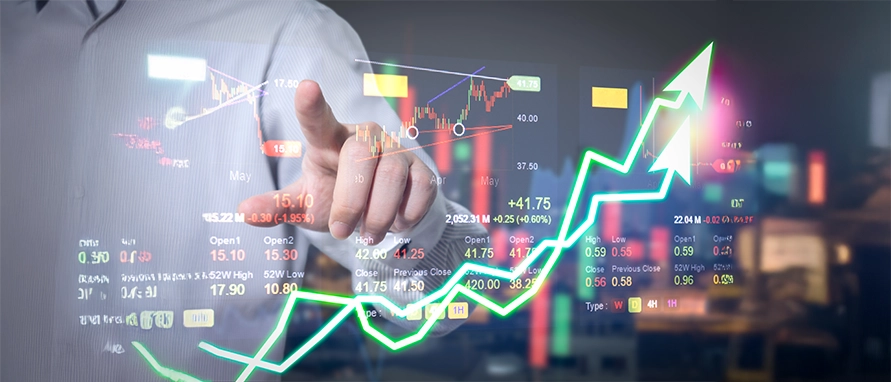


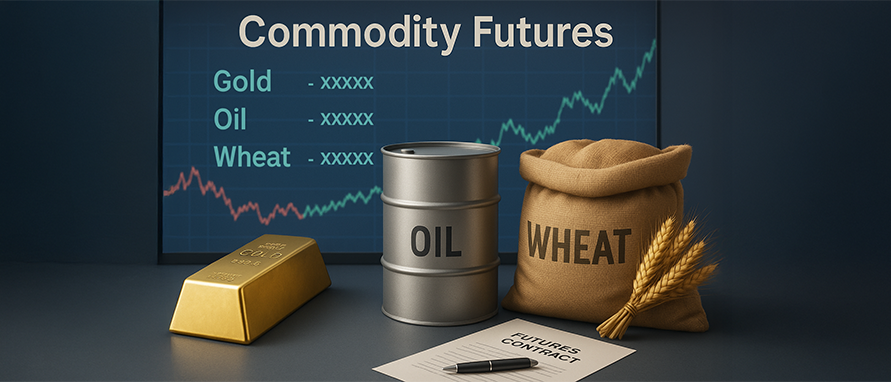
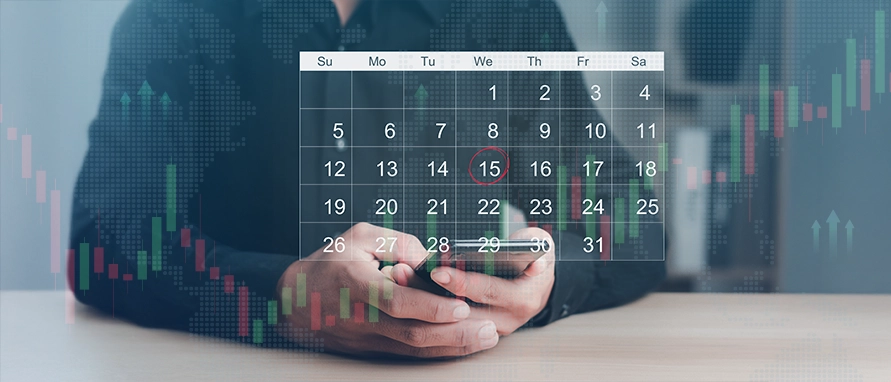





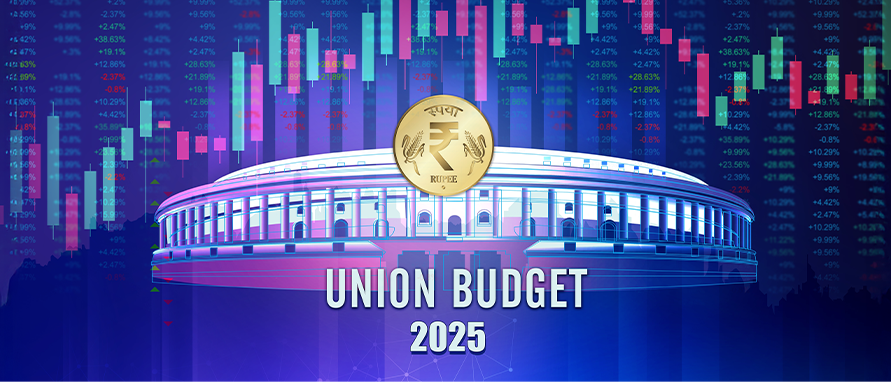
.webp)
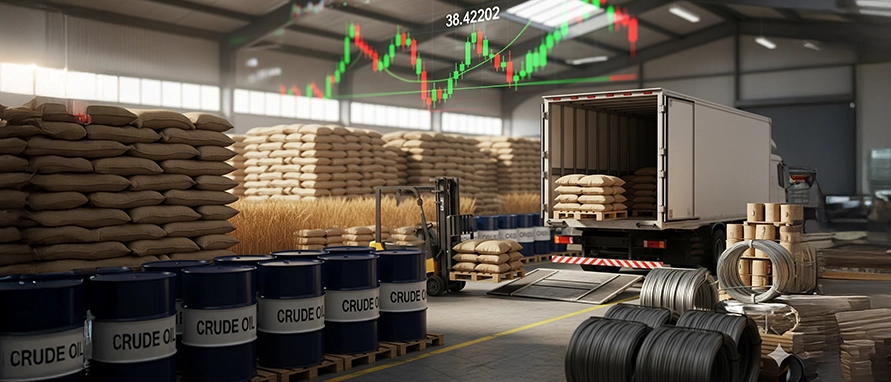


.webp)

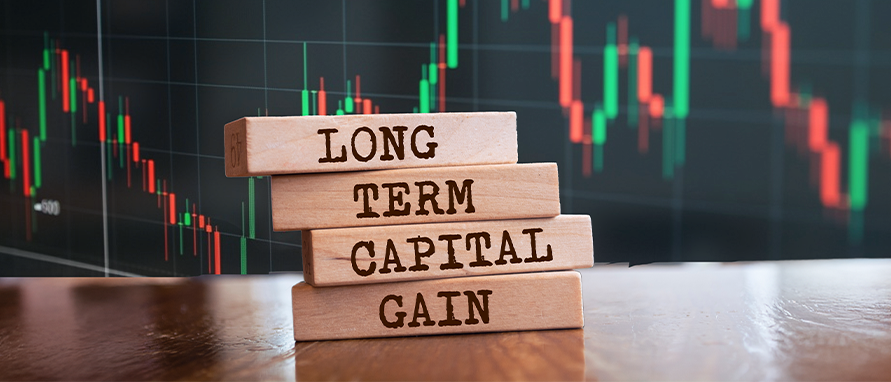
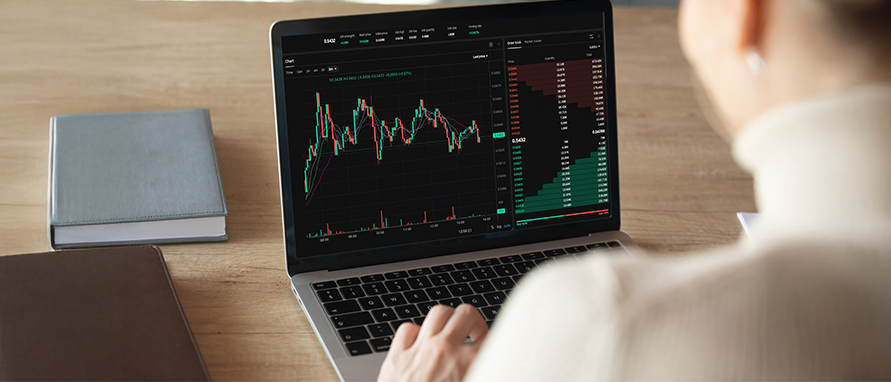
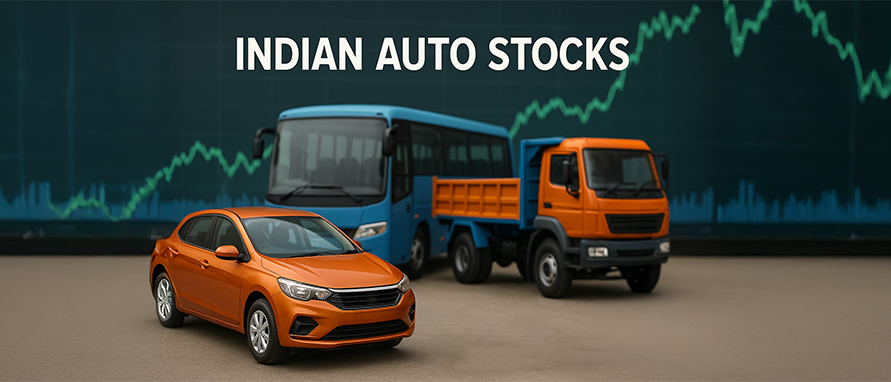

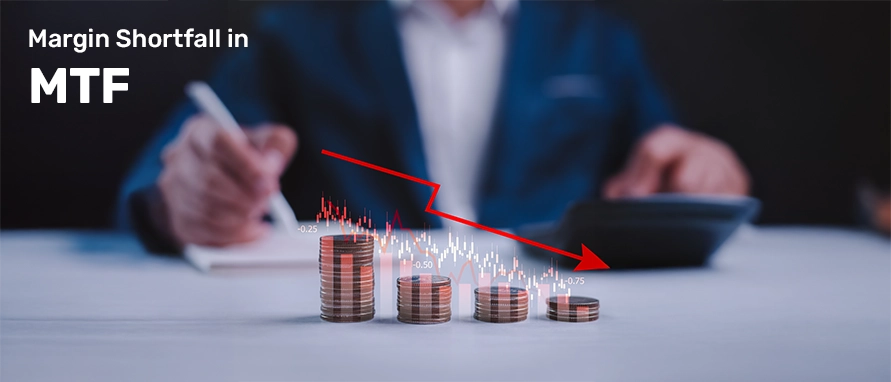





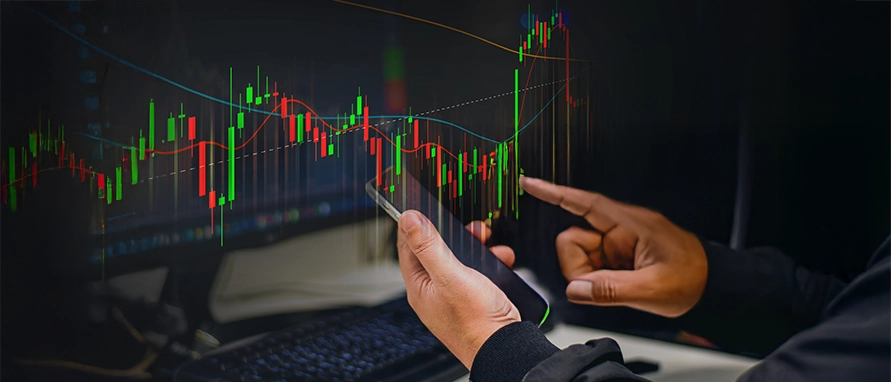
.webp)


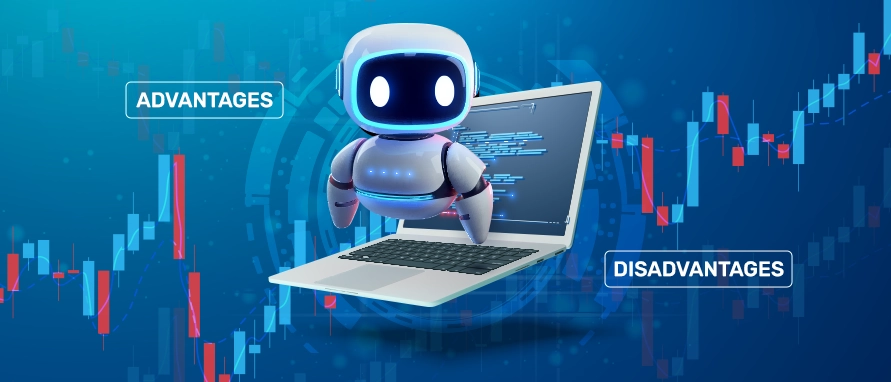
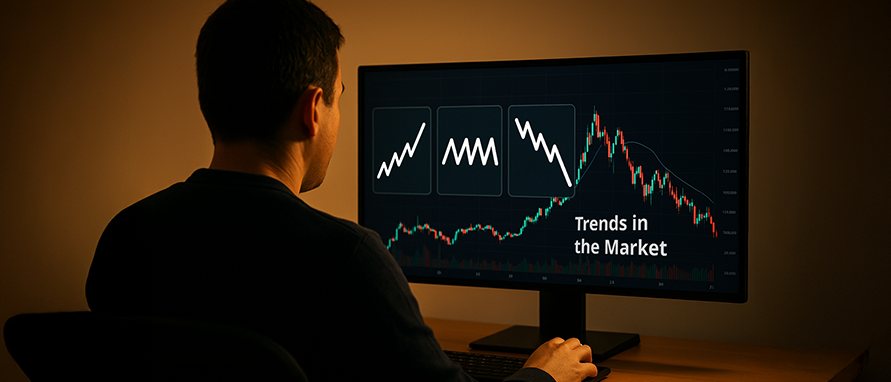
.webp)


